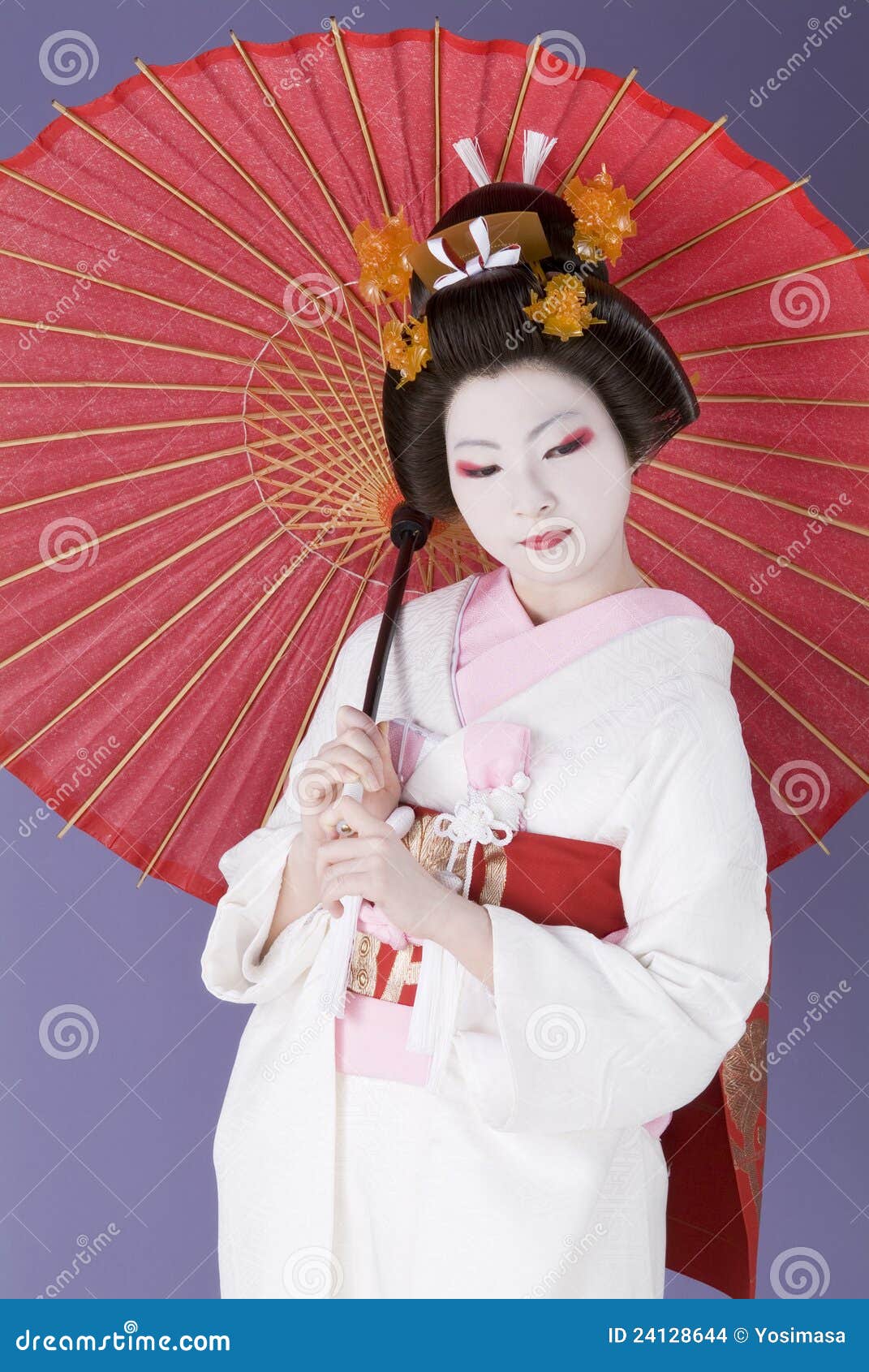For example, the rise in demand for long-term care services—a sector using many more women than men—likely elevated demand for women’s labor. These calculations are solely intended to give a tough sense of the magnitudes of the shifts, as we’ve not tried to identify the causal impression of rising long-term care demand. This is clear in terms of the prevalence of part-time work, the share of ladies in management roles, and the gender wage gap. American working girls usually have a tendency to have full-time employment than working women in Japan, as proven in determine 7.
It’s a e-book you really wish to recommend to different folks, which is a ripple that turns right into a wave.” Murata’s second novel in English, Earthlings (Granta Books, £13), got here out at the finish of 2020 and gave us another unconventional heroine to love. introduction of gender quotas, the absence of exterior political stress on the LDP to enact these reforms will sluggish the method.
Japanese Women Reviews & Guide
So, we now have to be certain that there are at all times certified girls available to take these positions over a protracted time period. The government and enterprise are attempting to increase women’s management and girls in management positions to 30 per cent by 2021. We don’t know if Prime Minister Abe plans to continue this scheme but the real resolution to this drawback can’t be a short lived fix. As commerce unionists, we take a glance at this concern in a barely totally different method to the federal government as a end result of the government sees increasing women’s participation as a method to improve the economic system.

Tea is regarded by many Japanese as uniquely Japanese, and is sure up in their notion of Japanese identification. Often it appears that Japanese consider Tea to be a subject which is tough for a foreigner to understand, let alone an area of analysis by which they can make a significant contribution to the sector. Yet, in some senses being a foreigner and subsequently an automated ‘outsider’ can have its benefits. One finds, for example, that you’ve extra freedom and leeway to critically analyse Tea discourse and established scholarship. Like the Allies, those on the house entrance of the Axis nations had been referred to as upon to make sacrifices for the larger aim of victory.
Up In Arms About Japanese Girl?
As the book’s introduction factors out, COVID-19 has forced some Japanese companies to contemplate homeworking for the primary time, challenging traditional work ethics that encourage long hours in the office, including when unwell. This, the book’s editors cautiously suggest, may empower ladies if employers proceed to experiment with new ways of working. as of 2018, 64% of girls aged had accomplished tertiary education compared to 58% of men in that very same age vary. From an egalitarian perspective, Japanese women’s relatively low participation in company or government positions in distinction to other developed nations is value investigating as it implies inequality of opportunity within the office.

Some economists counsel that a greater support system for working mothers, similar to a shorter day by day work schedule, would allow more women to work, rising Japan’s economic growth. To that end, in 2003, the Japanese authorities set a goal to have 30% of senior government roles filled by girls. In 2015, only 3.5% have been; the federal government has since slashed the 2020 objective to 7%, and set a personal japenese women business aim to 15%. In one poll, 30% of mothers who returned to work reported being victims of “maternity harassment”, or “matahara”. The obento box custom, the place moms prepare elaborate lunches for his or her kids to take to school, is an instance of a domestic female position. We have insurance policies to lift women’s management, to organise extra women than ever and to make sure their work-life stability.
Although the legislation is gender-neutral, that means that either partner is allowed to change his/her name to that of the other partner, Japanese ladies have traditionally adopted their husband’s household name and 96% of girls continue to take action as of 2015. In 2015, the Japanese Supreme Court upheld the constitutionality of the regulation, noting that ladies could use their maiden names informally, and stating that it was for the legislature to decide on whether or not to pass new laws on separate spousal names. The Ministry of Japan revealed the define of an modification for the Civil Code of Japan on February 18, 2016. This amendment shortens the ladies’s remarriage period to a hundred days and permits any woman who isn’t pregnant during the divorce to remarry instantly after divorce. In the early Meiji period, many ladies married at age sixteen; by the post-war period, it had risen to 23, and continued to rise. The common age for a Japanese woman’s first marriage has steadily risen since 1970, from 24 to 29.3 years old in 2015. Families, prior to and through the Meiji restoration, relied on a patriarchal lineage of succession, with disobedience to the male head of the household punishable by expulsion from the household unit.


